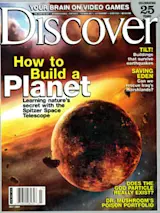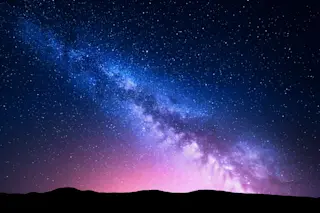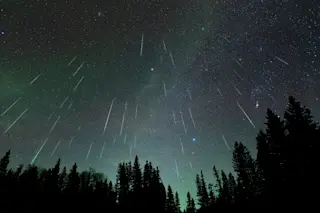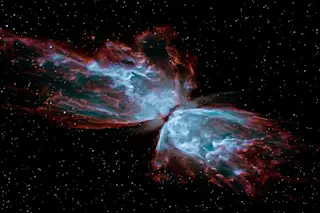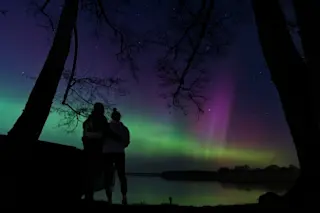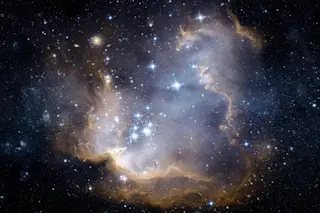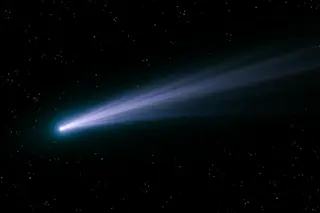This month is the most popular time for stargazing: Vacations and summer breaks free up the late hours, and nights are invitingly warm. By an unfortunate conspiracy of nature, July is also North America’s month of maximum humidity. As a result, the year’s most familiar night skies are also the year’s wettest, offering prime examples of how water dims, tints, and yet sometimes clarifies, our view of the universe.
In general, humidity is bad news for astronomy. Water absorbs light, especially light at the red end of the spectrum, coloring our view of the world. Ocean water sops up the red so effectively that 100 feet below the sea surface only the bluish components of sunlight penetrate; a sunken ship’s crimson lower keel appears black to divers since nothing can look red in the absence of red light. Likewise, water vapor in the air takes a little bit of the ...


